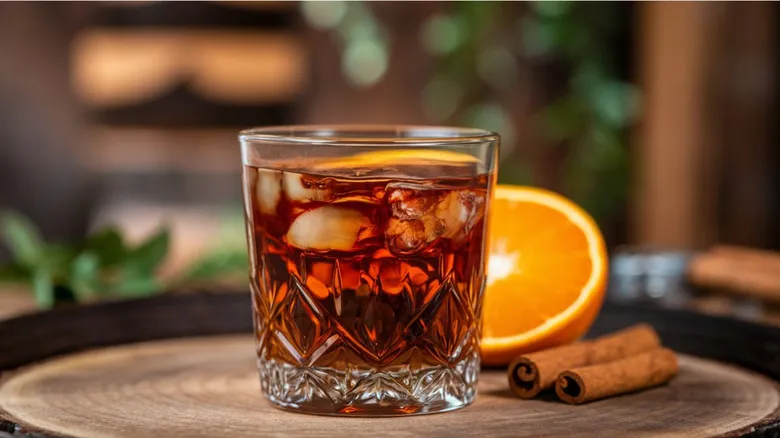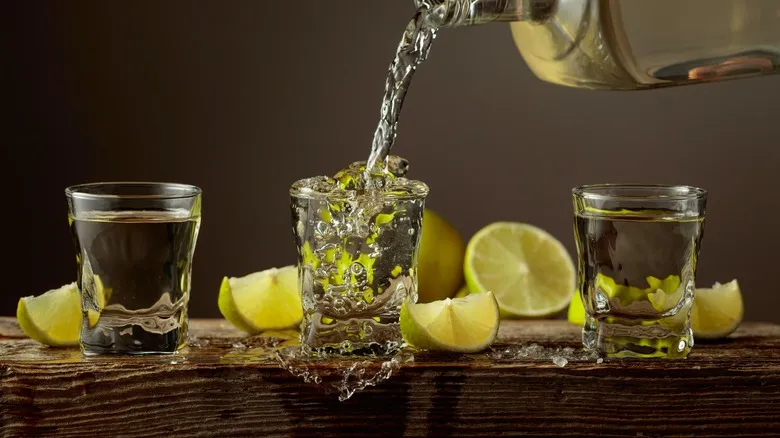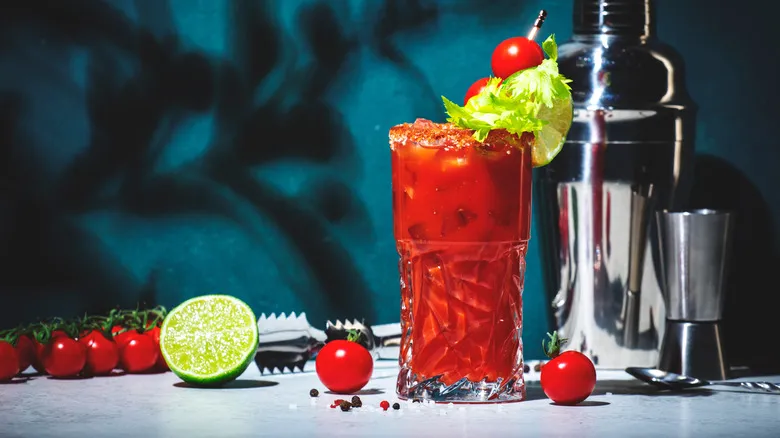How to sip tequila from a flute glass

Just like with various types of wine, beer, and spirits, there is specific glassware designed to enhance each drink. While there isn't a definitive "wrong" glass, certain styles can intensify the aromas, flavors, and colors of the beverage. As Jaime Salas notes, "This allows you to experience the full depth and complexity of flavors you can find in each tequila expression." When it comes to his preferred flute, he appreciates how the Riedel tequila flute elevates the tasting experience.
Once you have the ideal glassware, what should you do next? We're not talking about taking shots here—similar to savoring fine wine or whiskey, take a moment to enjoy the aroma. The flute provides ample space for a standard serving of tequila, and Salas emphasizes that "You'll want room to swirl the tequila and aerate the liquid, allowing the spirit to release heavier compounds and settle for maximum flavor." Aerating the tequila helps to highlight softer tasting notes, such as those of agave.
While it's common to mix tequila with other ingredients, when enjoyed properly, Salas explains, "You'll appreciate aromas and flavors ranging from bright, agave-forward herbaceous notes to rich, complex oak-infused expressions." The temperature at which tequila is served also plays a crucial role in experiencing its complexities. Although some may prefer it chilled, serving it at room temperature is ideal for maximizing flavor and aroma.
Recommended

The Type Of Tequila That's Best For Sipping

The Unexpected Mixer That Makes So Much Sense With Tequila

11 Flavored Coffee Brands That Use The Highest Quality Ingredients

For A Better Tasting Bloody Mary, Your Mix Needs Fresh Ingredients
Next up

